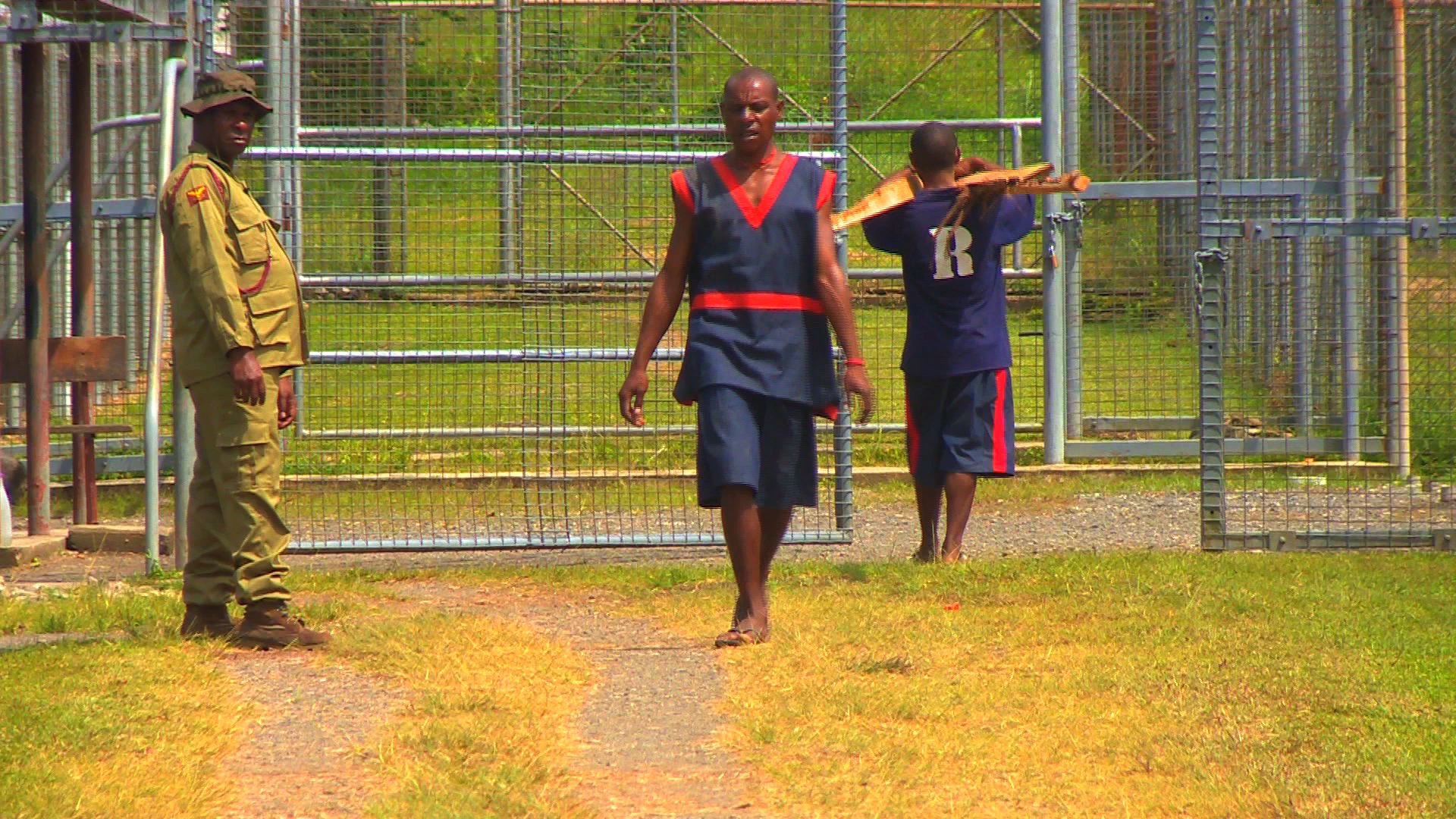On the evening of February 25, a convoy of police and correctional service vehicles, with sirens blaring, drove into the rear gate of the Angau Hospital in Lae.
On board some of the vehicles were the bodies of 12 prisoners who had been shot dead during an escape that had been planned for several months.
During the escape, two prison officers were injured as more than 80 prisoners dashed for freedom.
The killing of a dozen prisoners by law enforcement authorities, drew widespread international media coverage and caused some outrage on social media. But days later, the concerns over what some viewed as extrajudicial killings faded into apparent insignificance as people settled into their daily routines.
But prison insiders and senior prison officers continue to point out that the February escape was the result of ongoing protests over food rations and the general state of conditions inside the Buimo prison.
“We raised concerns about prisoners getting sick because of unsanitary conditions,” said Lengtry Kintau, a former prisoner who was released this year after serving nine years for armed robbery. “The responses were not always favorable.”
Kintau, who is now studying for a masters degree in communications at the University of Technology in Lae, has become a voice for prisoners who are unable to speak out for themselves.
“There are many other issues affecting prisoners. The monthly visits by judges don’t happen as often as they should so there is a great deal of uncertainty about the future.”
On the morning of the prison escape, The Member of Parliament for Lae , Loujaya Kouza, was in a meeting with the Acting jail commander, Superintendent Judy Tara.
“The rest of the information I was getting that morning were fears being spoken out,” said Kouza. “…The fact that they (the prisoners) are not eating properly and sleeping properly are reasons enough to break out.”
The main priority identified in hours before the breakout was the need to construct a perimeter fence around the prison compound. When Kouza left the prison compound after the meeting. The breakout occurred.
But the topic of the perimeter fence isn’t new.
In 2015, two prison breakouts – one by adult prisoners and the other by juveniles – also prompted an investigation. The investigation report contained a statement by the Acting jail commander, Superintendent Judy Tara.
“There is no boundary fence for all the detainees’ compound facility at the Jail and therefore it is very difficult to manage,” Tara said in the report.
“The old facilities were built many years ago and cannot adequately cater for the security needs of today.
“A juvenile detainee who climbs over its security fence at the juvenile wing is already outside the prison facility as there is no boundary fence.”
Since February, the important discussions about the prison perimeter fence which took prominence days after the escape have faded yet again just like the shock and horror of the killings of the 12 prisoners.
What appeared to have happened is a break down of communication between civilian authorities, the prison command and Correctional Service Headquarters with no firm funding commitment made by political heads.
According to the CS Commissioner, Michael Waipo, the Morobe Governor, had made a commitment to fund the construction of the perimeter fence. The Morobe Governor in a recent news conference indicated the funding request had not come to his attention.
Eight months since law enforcement authorities shot and killed 12 prisoners during an escape, the perimeter fence that can prevent new breakouts and the unnecessary deaths, still has not been built and the ingredients for another prison escape still exist.
Related Articles
Buimo Perimeter Fence Still Needed
Buimo Prisoners Appeal
Buimo Escapee surrenders
Buimo Jail Water Supply Cut Can Cause More Problems
Water Supply Cut to Bumbu Police Barracks and Buimo Jail


